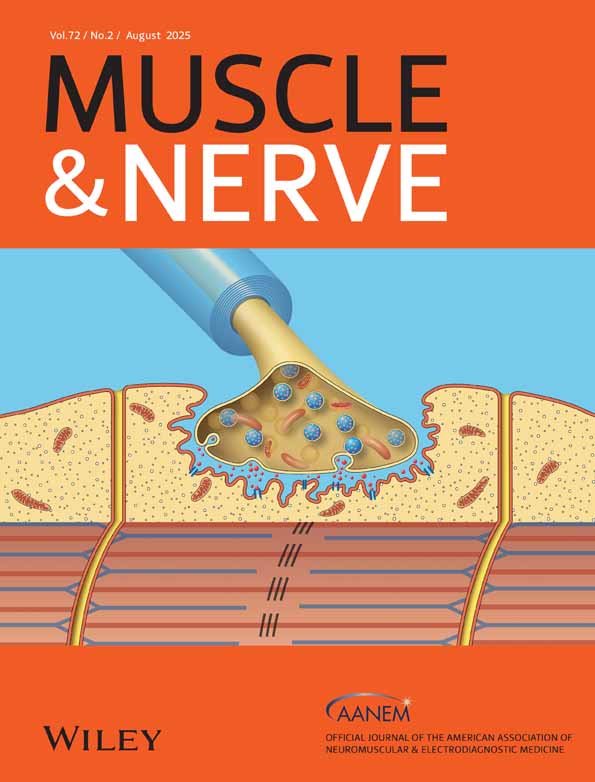A Preliminary Investigation of Acoustic Features for Remote Monitoring of Respiration in ALS
Funding: This work was supported by the ALS Association, the Winthrop Family Fund for ALS Science at Massachusetts General Hospital, and NIH grants NIDCD K24DC06312 (PI: Jordan R. Green), K23DC019179 (PI: Marziye Eshghi), R15DC018944 (PI: Kathryn P. Connaghan), and F32DC020896 (PI: Abigail E. Haenssler).
Kathryn P. Connaghan and Marziye Eshghi shared first author.
ABSTRACT
Introduction/Aims
There is a substantial need to establish reliable approaches for low-burden at-home monitoring of respiratory function for people with amyotrophic lateral sclerosis (PALS). This preliminary study assessed the potential of acoustic features extracted from a smartphone passage reading task to serve as clinically meaningful outcome measures reflecting instrumental and self-reported respiratory function measures.
Methods
Thirty-six PALS completed an in-clinic slow vital capacity (SVC) task, followed by at-home completion of surveys and audio recording of a reading passage using a smartphone application. Speaking rate and pause features were extracted offline. Correlation analysis evaluated the relationship between the acoustic features and both instrumental (SVC) and self-reported (respiratory subscale of the self-entry version of the ALS Functional Rating Scale-Revised; ALSFRS-RSE) measures of respiratory function. Receiver operator characteristic (ROC) with area under the curve (AUC) analysis evaluated the utility of acoustic features for classifying participants with and without respiratory involvement.
Results
SVC and respiratory self-ratings were significantly correlated with pause, but not rate, measures. Percent pause time was the most strongly correlated acoustic feature with both SVC (r = −0.62) and ALSFRS-RSE respiratory subscale ratings (r = −0.43). ROC analysis revealed that percent pause time classified participants presenting with respiratory involvement based on instrumentation (SVC < 70% predicted [AUC = 0.70]; SVC < 50% predicted [AUC = 0.88]) and self-ratings when using the respiratory ALSFRS-RSE score cut-off of < 11 (AUC = 0.78), but not < 12 (AUC = 0.61).
Discussion
Percent pause time, extracted from a smartphone-recorded passage reading, offers a promising index for remote assessment and monitoring of respiratory function in PALS.
Conflicts of Interest
Jordan Green has served as a paid consultant for several pharmacological and speech technology companies, including Biogen, Google, and Modality.AI Inc. James D. Berry has received research support from Biogen, MT Pharma of America, MT Pharma Holdings of America, and Rapa Therapeutics. He has served as a paid consultant for MT Pharma of America and MT Pharma Holdings of America, Regeneron, Roon, and Alexion. He served as a paid member of a data and safety monitoring board for Sanofi. He acts as an unpaid scientific advisor for the non-profit organizations ALS One and Everything ALS. The remaining authors have no conflicts of interest.
Open Research
Data Availability Statement
The data that support the findings of this study are available on request from the corresponding author. The data are not publicly available due to privacy or ethical restrictions.




